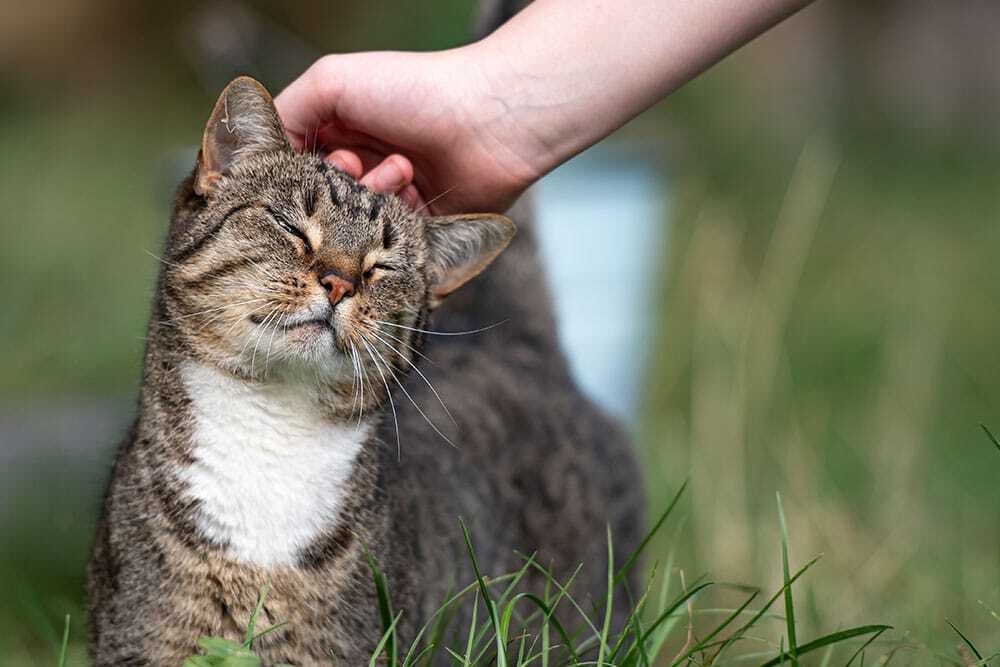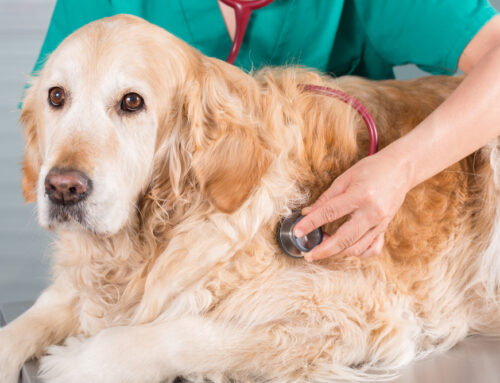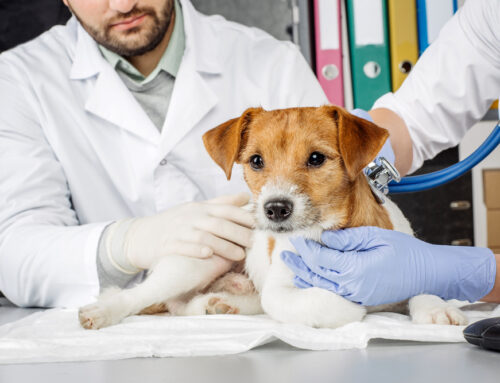Separation Anxiety in Pets: Easing the Transition Back to School
As the school year kicks off and backpacks head out the door, pets across the country are left blinking in confusion, wondering why the house is suddenly so quiet. For many dogs and cats, the back-to-school season signals more than just a change in noise level- it brings longer stretches of alone time and a shift in routine that can lead to separation anxiety. At Animal Hospital Southwest in Fort Worth, Texas, we understand how concerning these changes can be for your pet. And we’re here to help.
What Is Separation Anxiety?
Separation anxiety isn’t just a case of missing you while you’re away. It’s a behavioral condition where your pet experiences real distress in your absence. This can lead to destructive actions, loud vocalizations, house soiling, or even self-injury.
Both dogs and cats can suffer from separation anxiety, though their symptoms and triggers may differ.
Why Does It Often Start with Back-to-School?
When household routines shift, pets can struggle to adjust. The return to school can spark anxiety due to:
- Sudden changes in schedule: Pets love consistency. Abrupt changes can be concerning.
- Longer periods alone: With family members out of the house, your pet may feel isolated.
- Emotional energy: Pets pick up on stress. If your home is filled with morning chaos or end-of-day fatigue, they feel it too.
How to Recognize Separation Anxiety
Spotting separation anxiety early can make a big difference. Common signs include:
In dogs:
- Chewing furniture, doors, or baseboards
- Excessive barking, whining, or howling
- Accidents in the house
- Pacing or digging
- Self-injury from attempts to escape
In cats:
- Loud meowing or yowling when alone
- Urinating outside the litter box
- Overgrooming, especially around the abdomen or legs
- Scratching furniture
- Hiding or acting withdrawn
You may also notice subtle changes like reduced appetite or increased clinginess. To explore this topic further, check out AAHA’s resource on separation anxiety.
Why It’s Important to Address It
Left untreated, separation anxiety can snowball into more serious behavioral and medical problems. Pets can injure themselves trying to escape or develop chronic stress-related illnesses. It can also strain the bond between you and your pet. Early intervention is key to keeping everyone in your home happy and healthy.
Getting a Diagnosis
When you bring your pet to Animal Hospital Southwest with behavioral concerns, we start by gathering a full history. This may include:
- Descriptions of your pet’s behavior
- Videos of what happens when they’re left alone
- Details about their daily schedule
- Any known stressors or changes in the home
From there, we work with you to develop a treatment plan that fits your pet’s needs and your lifestyle.
What Treatment Can Look Like
There’s no one-size-fits-all solution for separation anxiety, but here are some common strategies:
1. Behavior Modification
This often includes:
- Counterconditioning: Pairing your departure with something positive, like a long-lasting treat.
- Desensitization: Gradually increasing the time your pet is left alone, starting with just a few minutes.
2. Environmental Enrichment
Keeping your pet mentally busy helps reduce stress. Some ideas:
- Puzzle feeders
- Rotation of toys
- Interactive games
- Viewpoints to look outside
Try these dog enrichment ideas or DIY toys for cats.
3. Medication
In moderate to severe cases, your vet may recommend anti-anxiety medication to support behavior training. Medications should always be used under veterinary supervision, and they often work best when combined with other interventions.
Supporting Your Pet at Home
Daily management plays a big role in reducing your pet’s stress. Here are some practical tips:
- Avoid dramatic exits and entrances: Calm departures and returns prevent unnecessary excitement.
- Stick to a consistent schedule: Regular feeding and walking times help pets feel secure.
- Try calming aids: Background music, pheromone diffusers, or calming vests may provide added comfort.
- Hire help: Pet sitters, dog walkers, or even doggy daycare can break up long days alone.
Read more from the ASPCA’s guide on separation anxiety.
Can You Prevent Separation Anxiety?
In many cases, yes. Early socialization and gradual independence training can help pets become more adaptable. For puppies and kittens, check out the AVMA’s socialization guidelines.
For adult pets, prevention means:
- Giving them time to adjust after changes
- Maintaining mental stimulation at home
- Slowly increasing time away, rather than abrupt absences
Here’s a creative way to keep pets busy: DIY cognitive dog toys.
What About Complex Cases?
Sometimes anxiety doesn’t follow the textbook. Some pets may show aggression when alone, refuse to eat, or react only to certain people leaving. These situations may benefit from consultation with a veterinary behaviorist, who can create a highly customized plan.
Frequently Asked Questions
Q: Can separation anxiety appear suddenly?
A: Yes. A sudden change in routine, a recent move, or even a family member leaving can be the trigger.
Q: Did I cause this?
A: No. It’s not about blame. Pets have unique temperaments and life experiences, and many factors influence their behavior.
Q: Will my pet grow out of it?
A: Some pets improve with time and support. Others need long-term management. What’s important is finding what works best for your individual pet.
We’re With You Every Step of the Way
At Animal Hospital Southwest, we’re committed to supporting pets and the people who love them. Whether your dog is chewing shoes or your cat is staging a protest by the litter box, our team is ready to help. Contact us to talk through your concerns.
You don’t have to tackle separation anxiety alone- and neither does your pet.








Leave A Comment